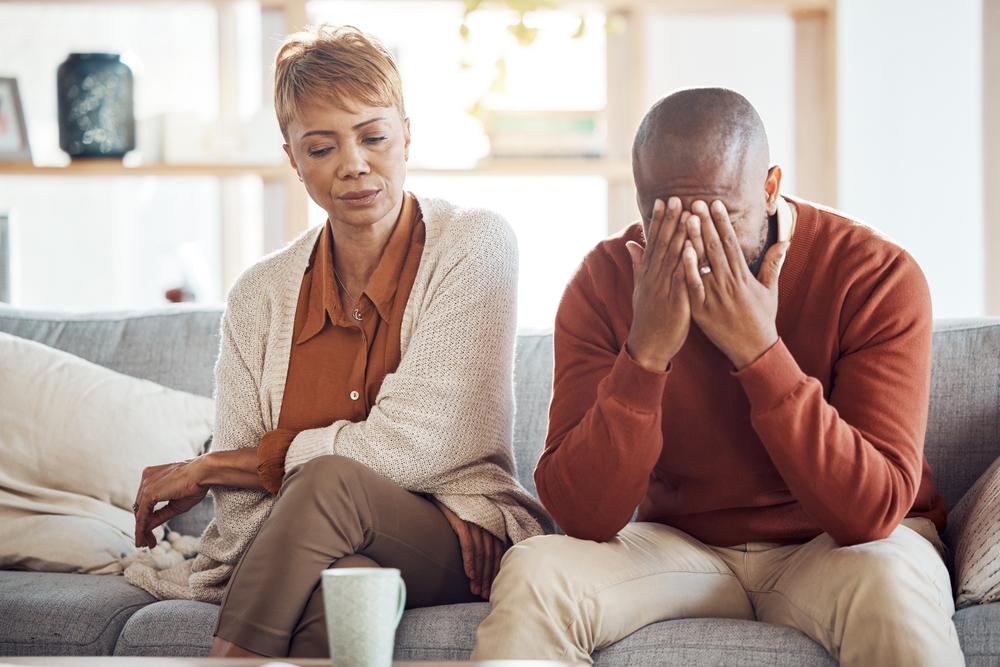Not everyone who smiles is truly happy. Some people wear their happiness like a mask, using it to hide the emotional struggles they face internally. They may seem cheerful, social, and composed, but underneath the surface, they experience sadness, anxiety, or emotional exhaustion. Psychology shows that emotional suppression is common in people who feel pressured to maintain an image of happiness, whether to protect others, preserve privacy, or avoid vulnerability.
Recognizing the signs that someone is masking their sadness is important for offering support and empathy. Many individuals suffering internally may not reach out directly, and their pain can go unnoticed. Below are eight signs that suggest someone might appear happy outwardly but is dealing with emotional pain on the inside.
1. They Constantly Make Others Laugh

People who hide sadness often try to lift others’ spirits as a way of coping with their own emotional struggles. They may tell jokes, entertain in social situations, or become the center of attention with humor and charm. Making others laugh can be a defense mechanism, creating a sense of joy for others while concealing their own pain.
Psychologically, this behavior is sometimes referred to as “smiling depression,” where individuals use humor to deflect attention from their internal suffering. These individuals are often perceived as the life of the party, but behind closed doors, they may feel isolated or emotionally drained. Their laughter is real, but it is also a shield.
2. They Avoid Talking About Their Feelings

Someone who is deeply sad but pretending to be happy may steer conversations away from emotional topics. When asked how they are doing, they tend to respond with generic answers like “I’m fine” or “Everything’s good,” even when that is far from the truth. They may feel uncomfortable opening up about their feelings or fear that others will judge or misunderstand them.
This emotional avoidance is often rooted in a desire to maintain control or avoid burdening others. It can also stem from past experiences where expressing emotions led to disappointment or rejection. As a result, they bottle up their sadness and present a composed exterior.
3. They Overcommit or Stay Busy All the Time

One common sign of hidden sadness is overcommitment. These individuals often fill their schedules with work, social events, hobbies, and responsibilities to keep themselves constantly distracted. Staying busy gives them less time to dwell on their feelings and more opportunities to appear productive or enthusiastic.
While being active can be healthy, using it to avoid emotional reflection is a coping mechanism. Psychologically, this behavior may indicate a fear of slowing down and confronting difficult emotions. They may appear highly motivated, but internally they could be using activity to run from pain.
Read More: 8 Dog Breeds That Help Ease Anxiety and Boost Mental Health
4. They Are Highly Empathetic Toward Others

People who suffer silently often show deep concern for the emotions of others. They are quick to comfort a friend, offer support, or check in when someone is down. This sensitivity comes from their own emotional experiences. They recognize pain in others because they feel it themselves.
However, while they are generous with their empathy, they may rarely allow others to support them in return. This imbalance can contribute to emotional fatigue and deeper feelings of loneliness. Their kindness is sincere, but it may also be a way to find meaning or connection while hiding their personal sadness.
5. They Downplay Their Own Struggles

When someone does reveal personal challenges, they may quickly minimize them. They might say things like “It’s not a big deal” or “Others have it worse.” This deflection prevents them from being vulnerable and reinforces the image of strength or resilience they try to project.
This behavior often stems from internalized beliefs that their emotions are invalid or that they should not complain. Psychologically, this is linked to self-silencing and emotional suppression, both of which can intensify internal sadness. They may fear appearing weak or feel guilty for needing support.
6. They Appear Emotionally Exhausted in Private

People who are deeply sad but outwardly happy often hold it together in public and break down when alone. At the end of the day, they might feel completely drained, overwhelmed, or emotionally numb. Maintaining a cheerful image takes energy, and once they are alone, they may struggle with tearfulness, insomnia, or a sense of emptiness.
This contrast between public persona and private emotion is a red flag for hidden emotional distress. They might look composed around others, but in private moments, their true feelings emerge. This emotional dissonance can lead to chronic stress, fatigue, or even symptoms of depression.
7. They Use Humor to Deflect Serious Conversations

Using humor to steer conversations away from serious or emotional topics is another sign that someone may be hiding sadness. When asked how they are doing, they might make a joke instead of answering honestly. While humor is healthy in moderation, using it to avoid vulnerability can signal deeper emotional issues.
This tactic allows them to keep others at a comfortable distance. It also protects them from having to explain emotions they may not fully understand or feel ready to share. Though they may appear witty and lighthearted, their avoidance of sincerity can reveal an internal struggle with sadness.
8. They Struggle with Self-Worth Despite External Success

People who hide sadness often achieve success in school, work, or relationships, but still feel unfulfilled or undeserving inside. Their self-esteem may be low even if they are praised by others. They might constantly seek validation or fear failure despite their accomplishments.
Psychologically, this can be linked to perfectionism or imposter syndrome. They hold themselves to high standards and may believe they are never quite good enough. Outwardly, they seem confident and capable. Internally, they may be fighting self-doubt, sadness, or a deep sense of inadequacy.
Read More: Common Habits That Might Be Quiet Signs of Mental Health Struggles
Conclusion

Sadness does not always look the way people expect it to. Some of the most cheerful individuals are carrying emotional burdens no one sees. They smile, laugh, and support others, all while hiding their pain. Understanding the signs of hidden sadness can help friends, family, and coworkers recognize when someone needs more support than they are letting on.
Being aware of these signs is not about diagnosing others but about showing empathy and creating safe spaces for emotional honesty. If you recognize these patterns in someone you know, offering consistent kindness and listening without judgment can make a difference. And if you see these signs in yourself, it may be time to reach out for support or allow yourself the freedom to feel without guilt.
True happiness comes from emotional balance, not from constant positivity. Allowing room for all emotions, including sadness, is part of what makes people human and whole.
Disclaimer: This article was created with AI assistance and edited by a human for accuracy and clarity.

